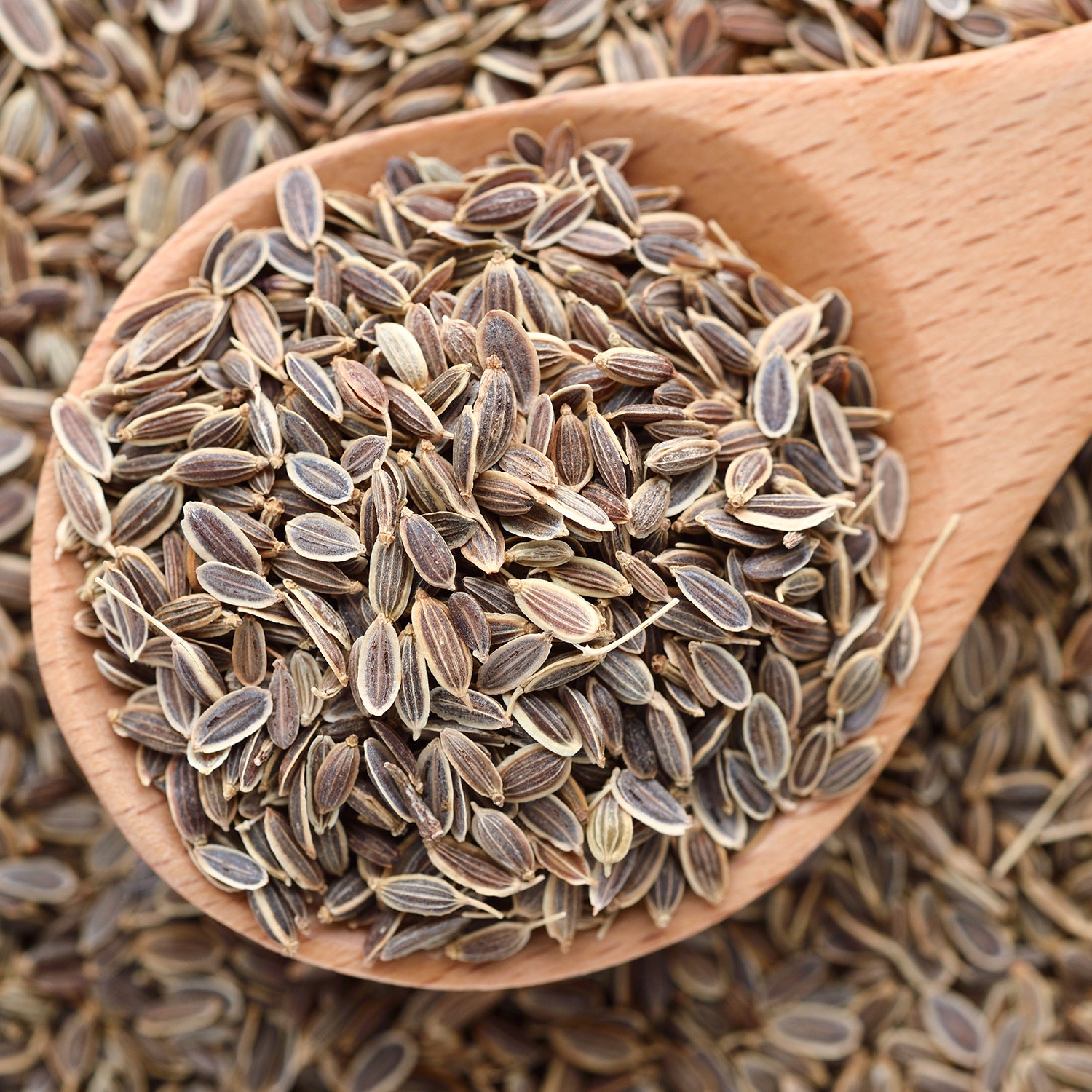Introduction
In the world of culinary herbs, dill is a versatile and flavorful addition to many dishes. However, the confusion between dill seed and dill weed often leaves home cooks puzzled about which one to use and when. While both come from the same plant, they offer distinct flavors and uses in cooking. In this article, we’ll unravel the culinary conundrum surrounding dill seed and dill weed, exploring their differences, culinary applications, and how to use them to enhance your dishes.
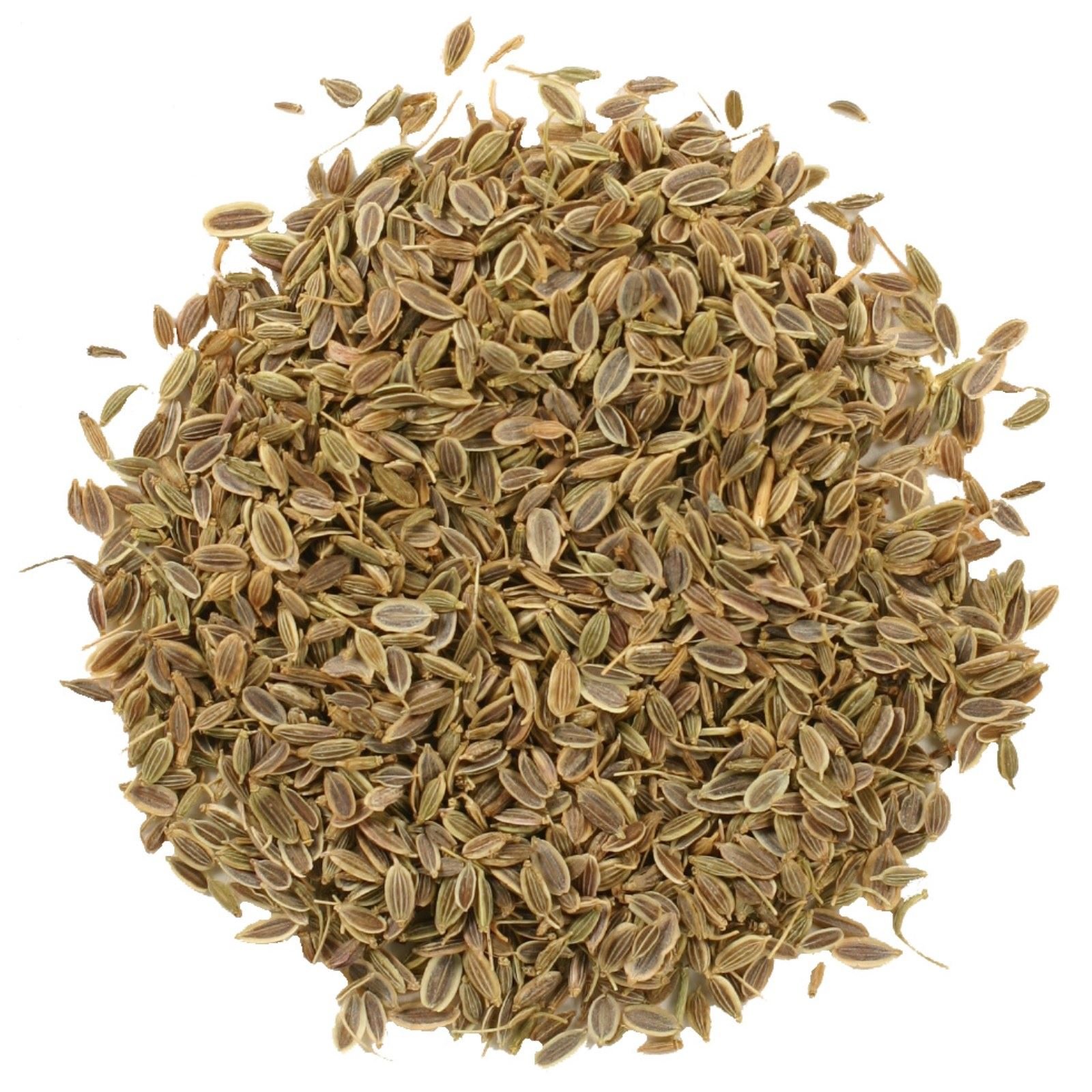
Understanding Dill Seed
Dill seed is the small, oval-shaped fruit of the dill plant, known scientifically as Anethum graveolens. It has a warm, slightly bitter flavor with hints of citrus and licorice. Dill seeds are often used whole or ground in cooking and baking to add depth of flavor and aroma to dishes. They are commonly found in pickling recipes, spice blends, and savory dishes such as soups, stews, and curries.
Exploring Dill Weed
Dill weed refers to the feathery, green leaves of the dill plant, which are prized for their fresh, aromatic flavor and delicate texture. Unlike dill seed, dill weed has a more subtle flavor profile with notes of grassiness, citrus, and anise. It is commonly used as a garnish and flavoring agent in dishes such as salads, dips, seafood, and sauces. Dill weed is also popular in Scandinavian and Eastern European cuisines, where it is used to flavor dishes such as gravlax and potato salad.
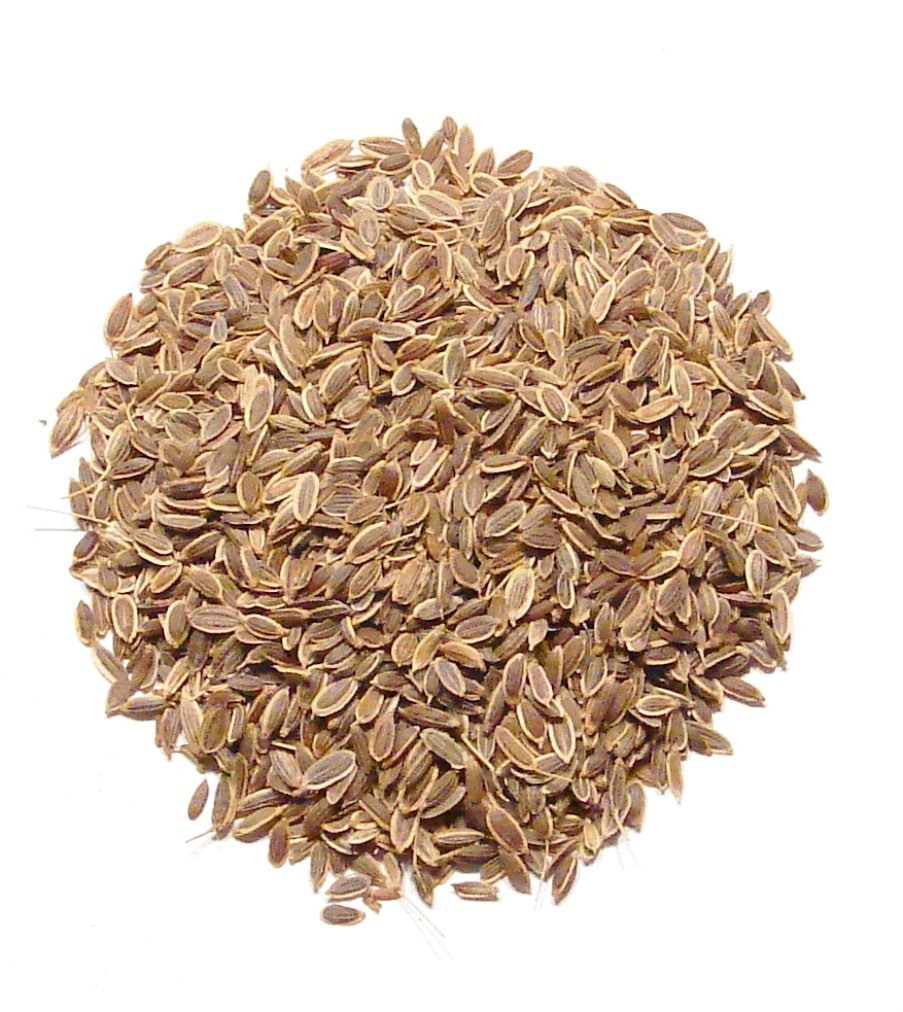
Culinary Applications
Both dill seed and dill weed offer unique flavor profiles and culinary applications in cooking. Dill seed is commonly used in pickling brines to impart its distinctive flavor to cucumbers, carrots, and other vegetables. It is also used in spice blends such as curry powder, garam masala, and za’atar to add complexity and depth of flavor. In baking, dill seed can be ground and added to bread dough, crackers, and savory pastries for a subtle hint of flavor.
On the other hand, dill weed is best used fresh or lightly dried to preserve its delicate flavor and aroma. It is commonly added to salads, dips, and dressings to provide a burst of freshness and herbaceousness. Dill weed pairs particularly well with seafood dishes such as salmon, trout, and shrimp, where its bright flavor complements the richness of the fish. Additionally, dill weed can be stirred into soups, sauces, and creamy dishes just before serving to add a pop of color and flavor.

Storage and Shelf Life
When it comes to storing dill seed and dill weed, there are a few differences to keep in mind. Dill seed can be stored whole or ground in an airtight container in a cool, dark place for up to one year. Ground dill seed tends to lose its flavor more quickly, so it’s best to grind it as needed for the freshest flavor. Dill weed, on the other hand, is best used fresh but can be stored in the refrigerator for up to one week. To extend its shelf life, you can also freeze dill weed by chopping it finely and placing it in ice cube trays with water or oil.
Cooking Tips and Tricks
When cooking with dill seed, it’s important to toast or lightly crush the seeds before using them to release their full flavor. Toasting dill seeds in a dry skillet over medium heat for a few minutes can enhance their aroma and deepen their flavor profile. Similarly, lightly crushing dill seeds with a mortar and pestle or the back of a spoon can help release their essential oils and maximize their flavor impact in dishes.
When using dill weed, it’s best to add it towards the end of the cooking process or as a garnish to preserve its delicate flavor and texture. Dill weed can be finely chopped and sprinkled over finished dishes such as roasted vegetables, grilled fish, or potato salad for a fresh and vibrant touch. Additionally, you can infuse dill weed into sauces, dressings, and marinades by steeping it in hot liquid and allowing it to cool before straining.
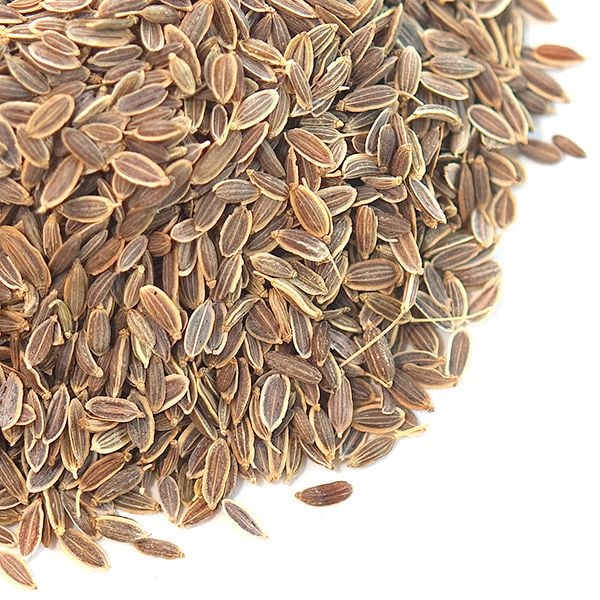
Exploring Flavor Profiles
Dill seed and dill weed may come from the same plant, but their flavor profiles offer distinct nuances that can greatly impact the taste of your dishes. Dill seed boasts a warm and slightly bitter taste with subtle citrus undertones, making it ideal for adding depth to savory dishes like roasted vegetables or hearty stews. On the other hand, dill weed offers a more delicate and herbaceous flavor with hints of grassiness and anise, perfect for brightening up salads, seafood dishes, and creamy sauces. Understanding the unique characteristics of each herb allows you to make informed decisions when selecting ingredients for your recipes.
Health Benefits
In addition to their culinary uses, both dill seed and dill weed offer various health benefits. Dill seed is rich in antioxidants and essential oils, which have been shown to have anti-inflammatory and antimicrobial properties. It is also believing to aid digestion and alleviate symptoms of bloating and indigestion. Dill weed is pack with vitamins and minerals, including vitamin C, calcium, and iron, which support overall health and immunity. Incorporating dill seed and dill weed into your diet can not only enhance the flavor of your dishes but also provide valuable nutrients and health-promoting compounds.
Cultural Significance
Dill has a long history of culinary and medicinal use dating back to ancient times. In addition to its culinary applications, dill holds cultural significance in various cuisines around the world. To Scandinavian cuisine, dill is a staple herb use to flavor traditional dishes such as gravlax, herring, and pickled cucumbers. In Eastern European cuisines like Russian and Ukrainian, dill is a common ingredient in soups, salads, and potato dishes. Similarly, dill features prominently in Middle Eastern and Mediterranean cuisines, where it used to season meats, rice dishes, and yogurt-based sauces. The widespread use of dill across different cultures highlights its versatility and popularity as a culinary herb.
Sustainable Growing Practices
Both dill seed and dill weed are relatively easy to grow, making them accessible options for home gardeners and commercial growers alike. Dill plants thrive in well-drained soil and full sun, making them suitable for cultivation in a wide range of climates. Dill seed harvest from the mature flower heads of the plant, while dill weed harvest from the fresh leaves before the plant flowers. Growing your own dill allows you to enjoy a steady supply of fresh herbs while reducing your environmental footprint and supporting sustainable growing practices.
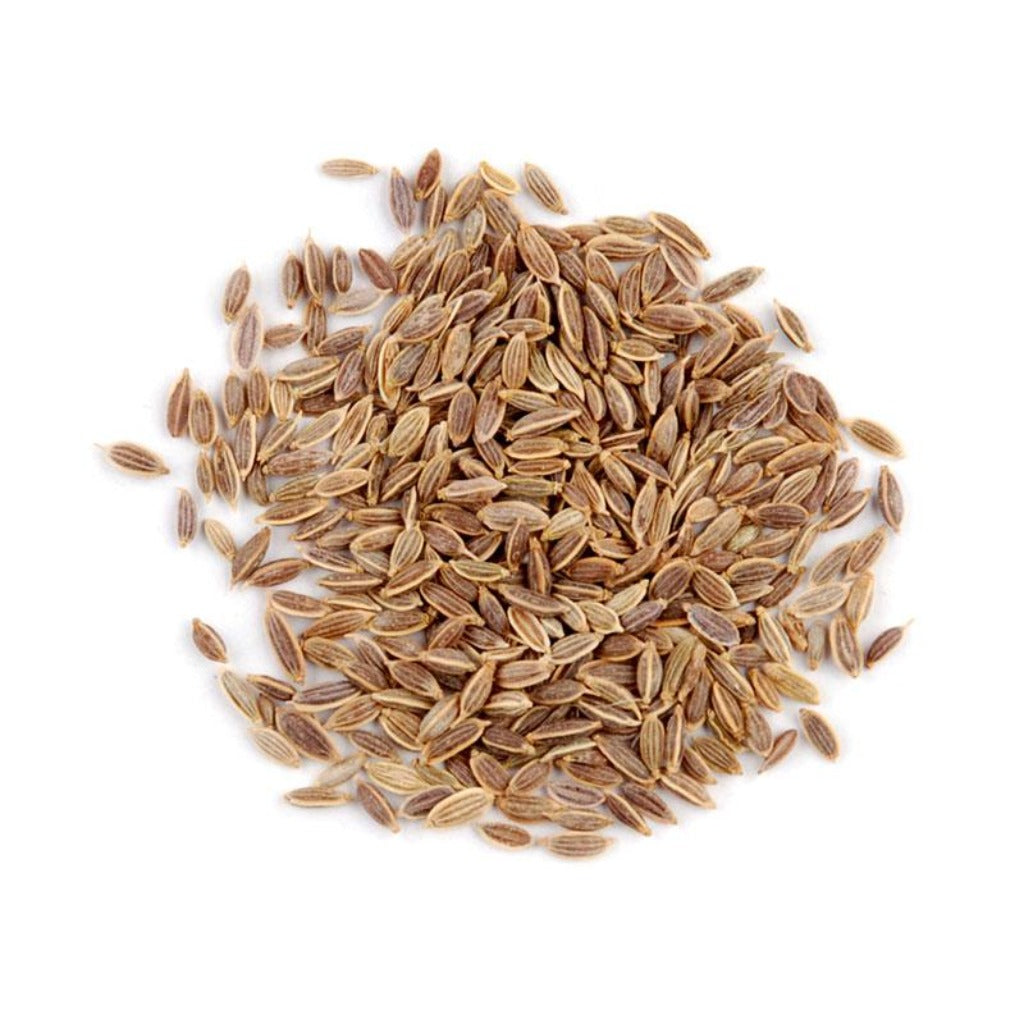
Conclusion
In the culinary world, dill seed and dill weed offer distinct flavors and culinary applications that can enhance a wide range of dishes. Whether you’re pickling vegetables, seasoning meats, or garnishing salads, understanding the differences between dill seed and dill weed allows you to use them effectively in your cooking. Experiment with different recipes and techniques to discover the unique flavor profiles and versatility of these two beloved herbs. With a little creativity and culinary know-how, you can elevate your dishes with the fresh, aromatic flavors of dill seed and dill weed.
